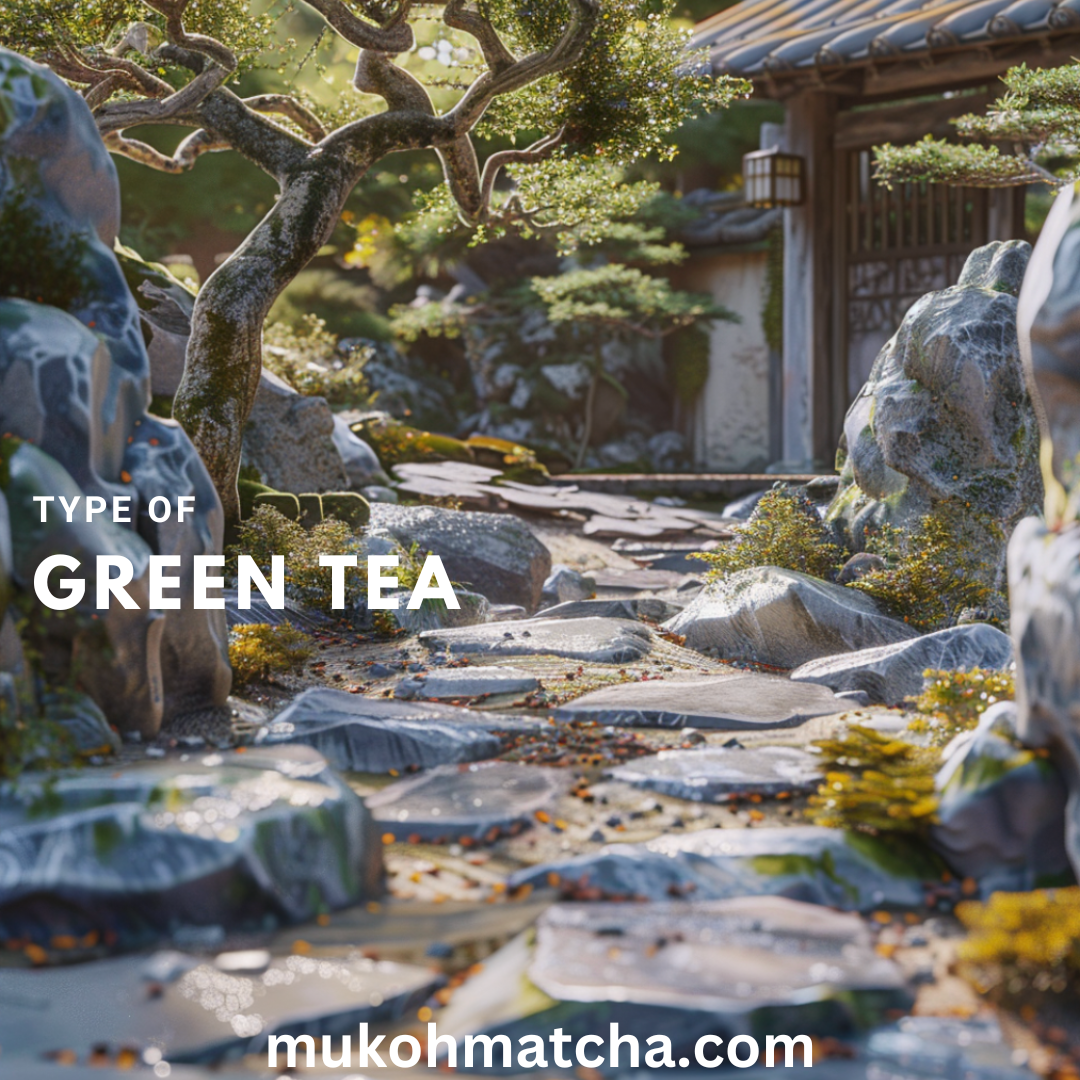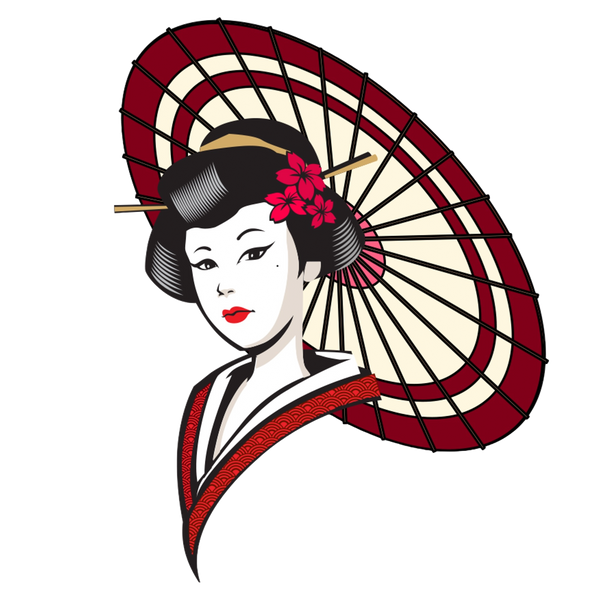
Exploring the Diverse World of Tea: Types and Classifications
Share
Tea is a beloved beverage worldwide, cherished for its rich flavors, aromas, and the comfort it brings. Understanding the different types of tea and their classifications can enhance your appreciation and enjoyment of this timeless drink. Let's dive into the fascinating world of tea and explore its various forms.
Non-Fermented Tea (Green Tea)
Steamed Green Tea
Sencha / Fukamushi-cha Sencha is the most common type of Japanese tea, making up about 85% of the country's tea distribution. The quality of sencha varies, with higher grades offering better flavor and aroma. Fukamushi-cha, a variant of sencha, undergoes a longer steaming process to reduce astringency, resulting in a milder, more rounded taste.
Bancha Bancha is produced using the same method as sencha but typically uses larger, tougher leaves picked during the summer or autumn. It has a more robust flavor and is often enjoyed as an everyday tea.
Hojicha Hojicha is made by roasting bancha or sencha over high heat, giving it a distinctive, toasty aroma. This tea is particularly popular as a post-meal beverage due to its soothing properties.
Genmaicha Genmaicha combines bancha or sencha with roasted rice, creating a unique flavor profile that blends the freshness of green tea with the nutty, toasted notes of brown rice. It's a favorite for its rich, comforting taste.
Gyokuro / Kabusecha Gyokuro and kabusecha are high-grade teas grown under shade to increase their umami flavor and reduce bitterness. By covering the tea plants with reed screens or other materials, direct sunlight is avoided, resulting in a tea with a deep, complex flavor.
Matcha (Tencha) Matcha, known for its vibrant green color and rich taste, is produced by shading the tea plants similar to gyokuro. The leaves are steamed, stems are removed, and the leaves (tencha) are then ground into a fine powder using a stone mill. Matcha is traditionally used in Japanese tea ceremonies and is valued for its unique, intense flavor.
Steamed Tamaryokucha (Guricha) Tamaryokucha, also called guricha, has a distinctive round shape due to a different final manufacturing process compared to sencha. It is known for its refreshing, clean taste and is a delightful variation of steamed green tea.
Pan-Fired Green Tea
Pan-Fired Tamaryokucha This tea is produced by pan-frying the tea leaves in an iron pot, giving them a round shape and a characteristic roasted aroma. Pan-fired tamaryokucha is mainly produced in Japan's Kyushu region and offers a unique flavor distinct from steamed green teas.
Semi-Fermented Tea
Oolong Tea Oolong tea is a semi-fermented tea that lies between black tea and green tea in terms of oxidation. Known for its complex and aromatic profile, oolong tea is primarily produced in Taiwan and China's Fujian and Jiangxi provinces. Each variety offers a unique taste experience, from floral and fruity to rich and toasty.
Fully-Fermented Tea
Black Tea Black tea is fully fermented, resulting in a robust flavor and a deep orange-red color. It is known for its strong aroma and is a popular choice for those who enjoy a bold, full-bodied tea. Black tea can be enjoyed plain or with milk and sugar, making it versatile and widely appreciated.
Conclusion
Tea is a diverse and versatile beverage with a rich history and a wide array of flavors to explore. From the fresh, grassy notes of green tea to the robust, malty taste of black tea, there is a type of tea to suit every palate. Understanding the different classifications and preparation methods can deepen your appreciation and enjoyment of this ancient drink. So, brew yourself a cup and embark on a journey through the fascinating world of tea!
